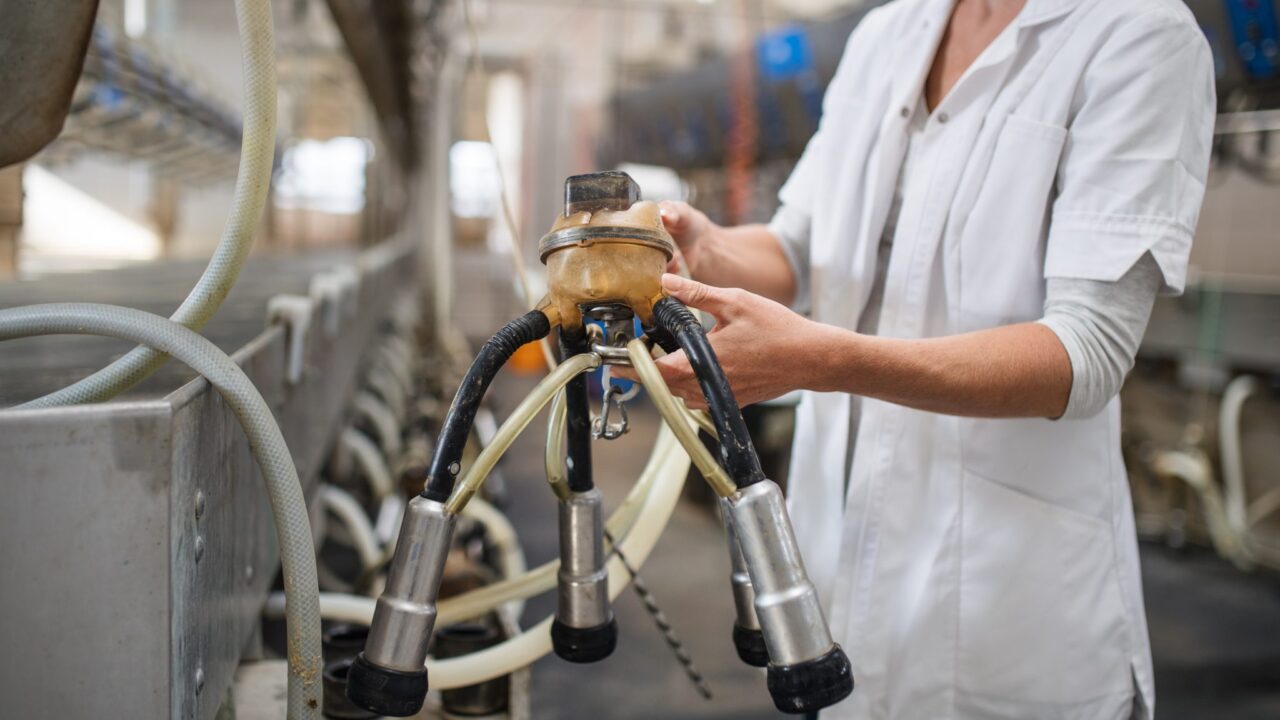An “attractive milk to feed price ratio” drove another jump in milk production in Northern Ireland, according to an Agricultural and Horticultural Development Board (AHDB) livestock analyst.
Annabel Twinberrow said latest figures for the period April-July show deliveries increased by 9.2% year-on-year which is equivalent to an extra 86.8 million litres.
This compares to to an additional 225.6 million litres produced in Great Britain during the same period, which represents an increase of 5.3%.
According to Twinberrow, an estimated 80% of Northern Ireland’s dairy output is exported which she said means that “NI prices are largely impacted by the global market dynamics”.
“Favourable prices through the summer have been influenced by good global demand, particularly from the EU,” she said.

The AHDB livestock analyst also highlighted that the surge in milk supply in the North has “strained processing capacity” and she said that the recent growth in EU milk deliveries has also “put downwards pressure on prices”.
Twinberrow added: “Although Northern Ireland farmgate milk prices follow a similar trend to the GB average, they tend to experience steeper peaks and troughs as they are more exposed to global markets.
“Average farmgate milk price data in Northern Ireland shows steeper declines than GB from February to July 2025, whilst more recent milk price announcements suggest a continuation of this trend”.
She has also warned that latest UK wholesale prices have fallen particularly for butter which the analyst believes could indicate “further milk price corrections to come”.
Derogation
One key “watchpoint” that Twinberrow has identified is in relation to herd size.
She said as milk production becomes less profitable and with strong beef prices this “may attract greater culling levels heading into winter”.
However Northern Ireland farmers should also keep a close eye on potential changes to nitrogen derogations across the border according to the AHDB livestock analyst.
She believes that if there are reductions to stocking rates in the south in order to comply with new rules this “could change some of the market dynamics in Northern Ireland but remains an uncertainty for now”.

